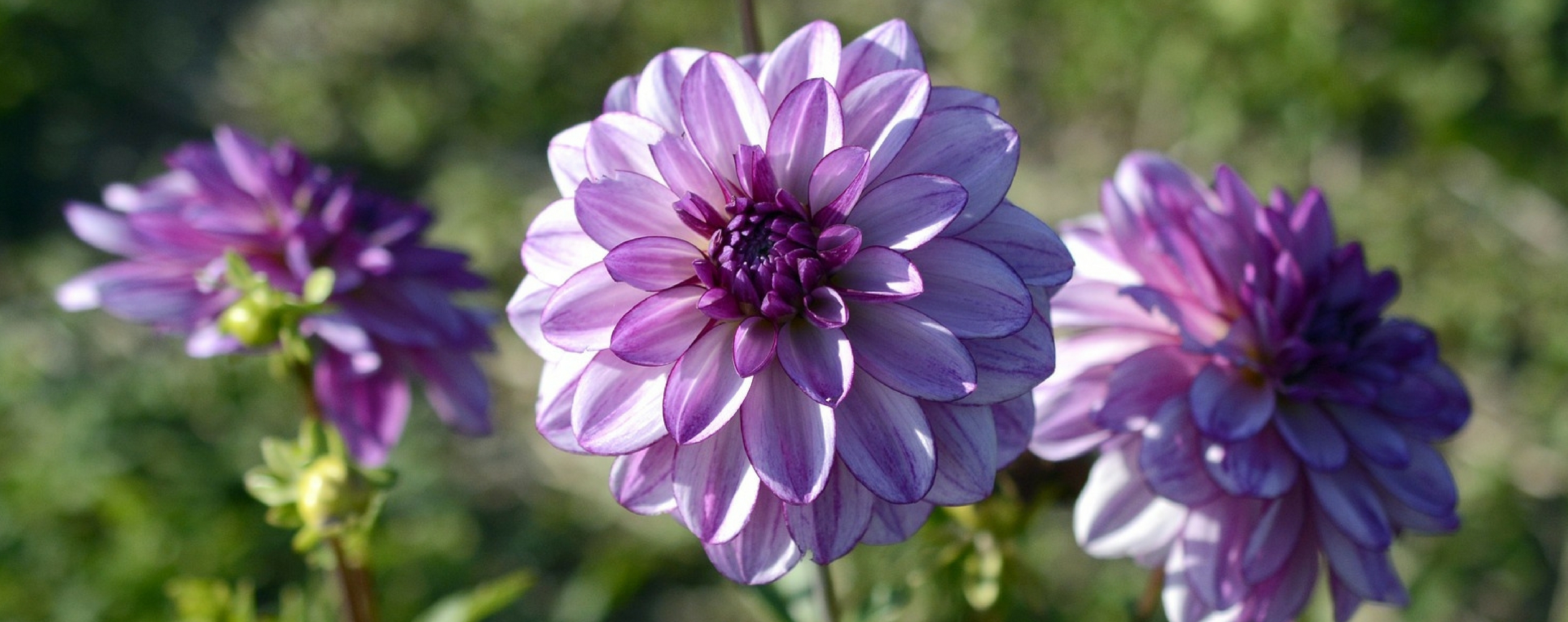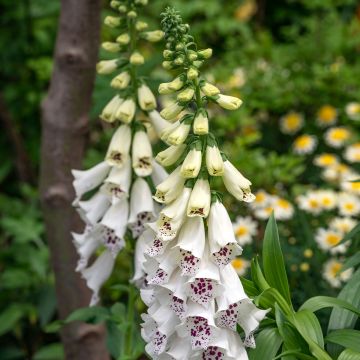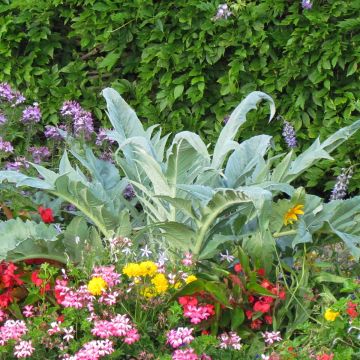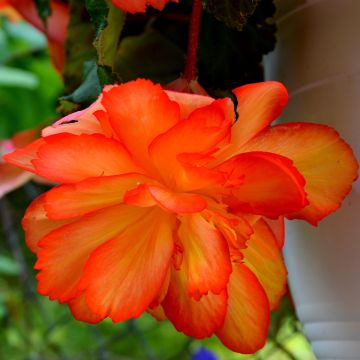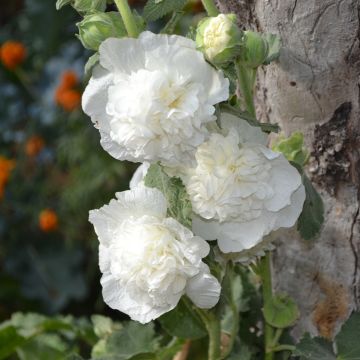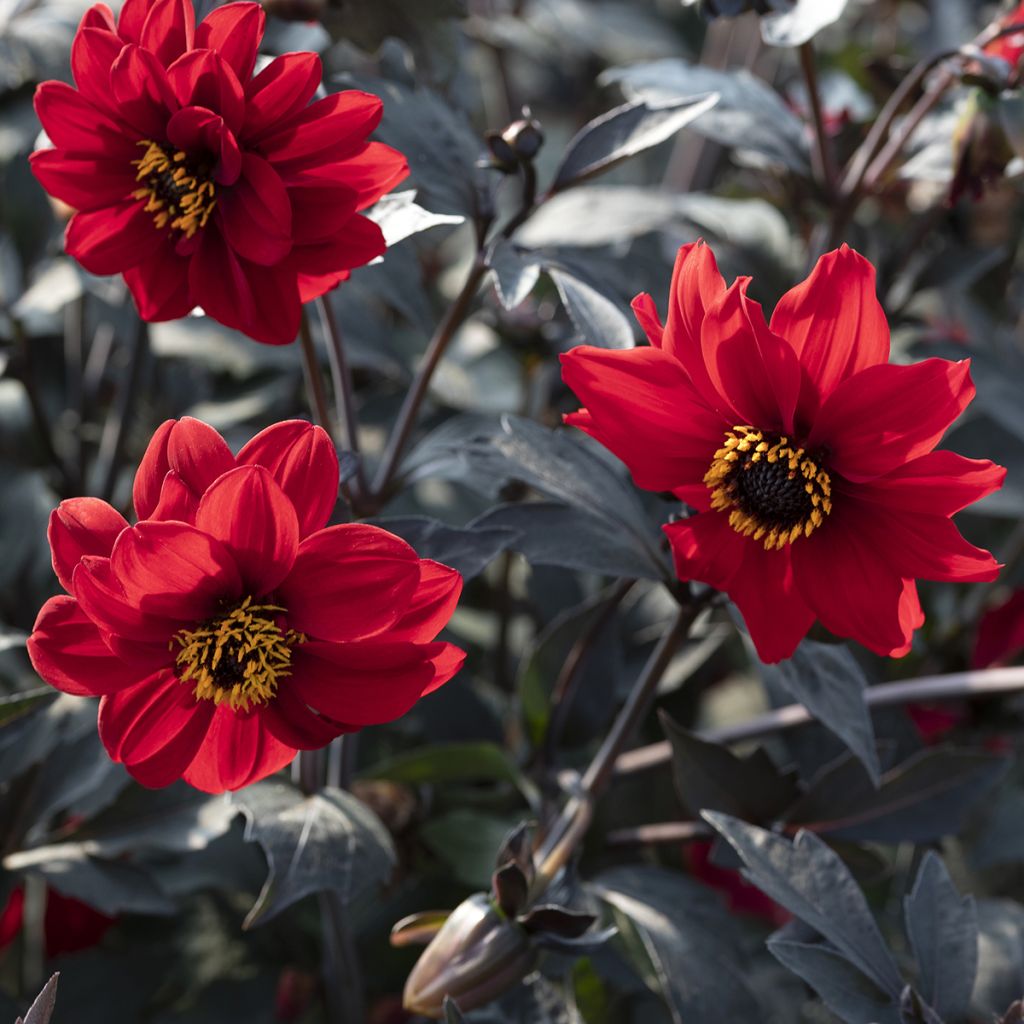

Dahlia Black Forest Ruby seeds
Dahlia Black Forest Ruby seeds
Dahlia pinnata Black Forest Ruby
Special offer!
Receive a €20 voucher for any order over €90 (excluding delivery costs, credit notes, and plastic-free options)!
1- Add your favorite plants to your cart.
2- Once you have reached €90, confirm your order (you can even choose the delivery date!).
3- As soon as your order is shipped, you will receive an email containing your voucher code, valid for 3 months (90 days).
Your voucher is unique and can only be used once, for any order with a minimum value of €20, excluding delivery costs.
Can be combined with other current offers, non-divisible and non-refundable.
Home or relay delivery (depending on size and destination)
Schedule delivery date,
and select date in basket
This plant carries a 6 months recovery warranty
More information
We guarantee the quality of our plants for a full growing cycle, and will replace at our expense any plant that fails to recover under normal climatic and planting conditions.
Would this plant suit my garden?
Set up your Plantfit profile →
Description
The Dahlia ‘Black Forest Ruby’ is a dwarf variety with striking charm, ideal for small spaces and sunny borders. Its compact, upright, and well-branched habit showcases its semi-double to double ruby-red flowers against a dark purple to almost black foliage. This spectacular contrast makes it a highly graphic plant perfect for flower pots, modern beds, or even romantic-style gardens. It thrives in rich, well-drained soil in a sunny position and requires protection from frost: the tubercles must be lifted before winter in cold regions. Its generous flowering lasts from June until the first frosts, provided that spent flowers are regularly removed.
From the Asteraceae family, Dahlias are originally native to the Mexican highlands. Today, the approximately 20,000 horticultural varieties created by humans have, to our great delight, spread to gardens worldwide. The 'Black Forest Ruby' variety is a dwarf Dahlia derived from Dahlia pinnata, also known as Common Dahlia or Pinnate Dahlia, with the botanical synonyms: Dahlia x hortensis, Dahlia rosea, Georgina variabilis, Dahlia variabilis. The plant reaches 40 to 60 cm in all directions, it has a bushy and compact habit, requiring no staking. The flowering of this variety occurs from June to October. The heads measure 5 cm in diameter, taking the form of attractive semi-double to double corollas formed of a string of well-opened ligulate florets in varied colours. The central disc is yellow. The highly ramified stems are hollow and the leaves are opposite and subdivide into 3 or 5 highly denticulate lobes. The leaves and stems are an almost black dark purple. To encourage repeat flowering and extend the flowering period, be sure to remove spent flowers. Even better, cut them regularly to create charming colourful vase arrangements by combining various varieties.
The Dahlia 'Black Forest Ruby' is a major asset for contrasting displays. Its brilliant ruby-red flowers against an almost black foliage will add intensity to sunny borders and beds. To accentuate this depth, pair it with Salvia nemorosa 'Caradonna' whose upright violet spikes offer elegant verticality, in harmony with Coneflowers and Cosmos, for example. A few clumps of small ornamental grasses will soften the display. In pots or in the ground, these combinations will create dynamic and sophisticated landscapes.
Dahlia Black Forest Ruby seeds in pictures
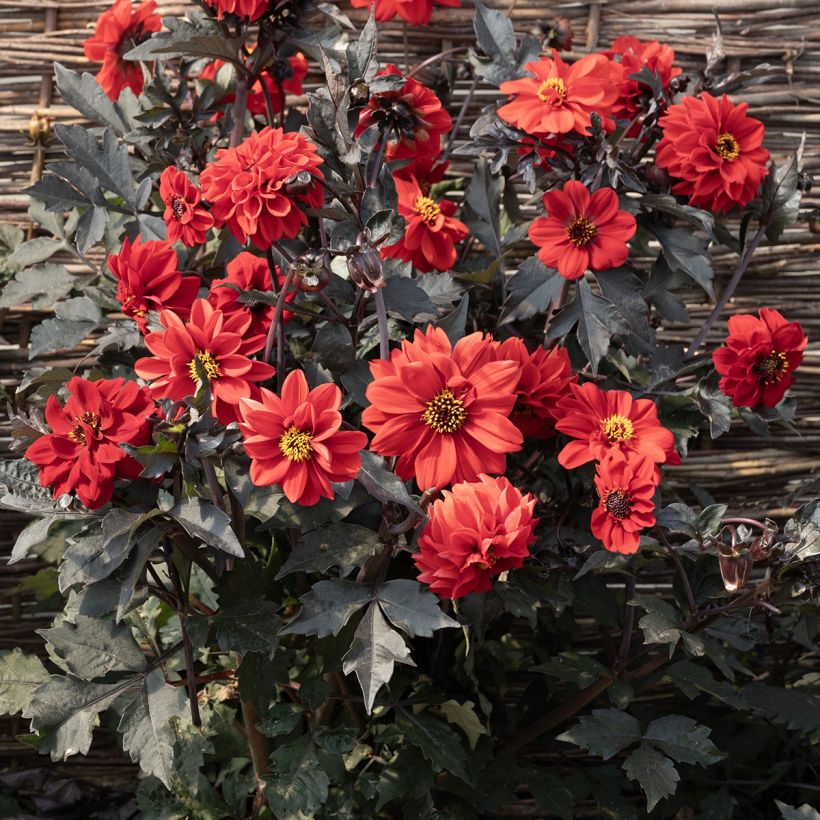

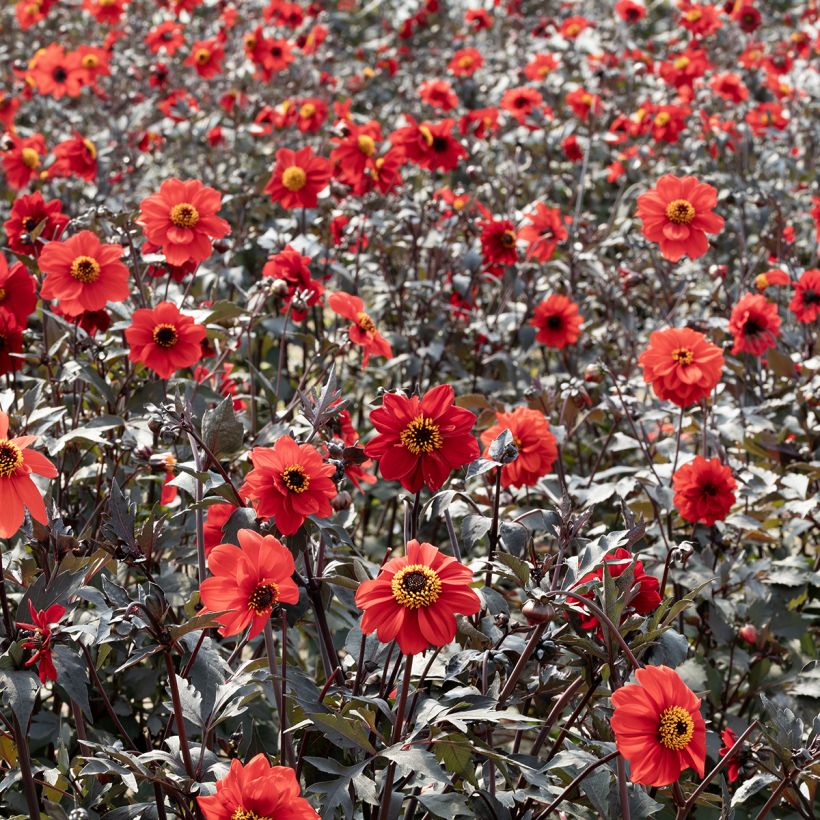

Flowering
Foliage
Plant habit
Botanical data
Dahlia
pinnata
Black Forest Ruby
Asteraceae
Dahlia x hortensis, Dahlia rosea, Georgina variabilis, Dahlia variabilis
Cultivar or hybrid
Planting and care
Sow the Dahlia Black Forest Ruby in February-March in trays or pots using a special sowing compost, placed in a mini greenhouse or warm location to maintain a temperature of 18–20°C. The seeds should be covered with 1.5 mm of fine compost. Germination will occur within 7 to 21 days. Transplant the young plants into 8 cm pots once they are large enough to handle, taking care not to damage the roots. Harden off these seedlings gradually, and transplant them once all risk of frosts has passed, spacing them 30 cm apart. Plant Dahlias in a full sun position after the last frosts; rich, cool, well-drained soil is ideal. However, stagnant moisture would encourage tubercle rot. Do not hesitate to amend the soil with compost and sand if needed. Work the soil deeply and enrich it, for example, with ground horn or dried blood. After planting, water thoroughly once and then repeat this watering regularly for the first 6 weeks to aid root establishment. Dahlias are sensitive to cold and must be overwintered. In November, the first frosts will blacken the foliage—this is the time to lift them. Carefully dig up the tubercles. Remove as much soil as possible. Allow the foliage to dry so the tubercles can replenish their reserves. Then cut the stems back to 10 cm. Spread the bulbs in a crate on newspaper. Store them in a frost-free, dry, cool, and dark place, such as a frost-free garage or an attic. In southern coastals regions with only a few frosty days per year, it is possible to leave them in the ground. In this case, simply cover the soil with a layer of leaves or straw for protection over winter.
Sowing period
Intended location
Planting & care advice
This item has not been reviewed yet - be the first to leave a review about it.
Similar products
Haven't found what you were looking for?
Hardiness is the lowest winter temperature a plant can endure without suffering serious damage or even dying. However, hardiness is affected by location (a sheltered area, such as a patio), protection (winter cover) and soil type (hardiness is improved by well-drained soil).

Photo Sharing Terms & Conditions
In order to encourage gardeners to interact and share their experiences, Promesse de fleurs offers various media enabling content to be uploaded onto its Site - in particular via the ‘Photo sharing’ module.
The User agrees to refrain from:
- Posting any content that is illegal, prejudicial, insulting, racist, inciteful to hatred, revisionist, contrary to public decency, that infringes on privacy or on the privacy rights of third parties, in particular the publicity rights of persons and goods, intellectual property rights, or the right to privacy.
- Submitting content on behalf of a third party;
- Impersonate the identity of a third party and/or publish any personal information about a third party;
In general, the User undertakes to refrain from any unethical behaviour.
All Content (in particular text, comments, files, images, photos, videos, creative works, etc.), which may be subject to property or intellectual property rights, image or other private rights, shall remain the property of the User, subject to the limited rights granted by the terms of the licence granted by Promesse de fleurs as stated below. Users are at liberty to publish or not to publish such Content on the Site, notably via the ‘Photo Sharing’ facility, and accept that this Content shall be made public and freely accessible, notably on the Internet.
Users further acknowledge, undertake to have ,and guarantee that they hold all necessary rights and permissions to publish such material on the Site, in particular with regard to the legislation in force pertaining to any privacy, property, intellectual property, image, or contractual rights, or rights of any other nature. By publishing such Content on the Site, Users acknowledge accepting full liability as publishers of the Content within the meaning of the law, and grant Promesse de fleurs, free of charge, an inclusive, worldwide licence for the said Content for the entire duration of its publication, including all reproduction, representation, up/downloading, displaying, performing, transmission, and storage rights.
Users also grant permission for their name to be linked to the Content and accept that this link may not always be made available.
By engaging in posting material, Users consent to their Content becoming automatically accessible on the Internet, in particular on other sites and/or blogs and/or web pages of the Promesse de fleurs site, including in particular social pages and the Promesse de fleurs catalogue.
Users may secure the removal of entrusted content free of charge by issuing a simple request via our contact form.
The flowering period indicated on our website applies to countries and regions located in USDA zone 8 (France, the United Kingdom, Ireland, the Netherlands, etc.)
It will vary according to where you live:
- In zones 9 to 10 (Italy, Spain, Greece, etc.), flowering will occur about 2 to 4 weeks earlier.
- In zones 6 to 7 (Germany, Poland, Slovenia, and lower mountainous regions), flowering will be delayed by 2 to 3 weeks.
- In zone 5 (Central Europe, Scandinavia), blooming will be delayed by 3 to 5 weeks.
In temperate climates, pruning of spring-flowering shrubs (forsythia, spireas, etc.) should be done just after flowering.
Pruning of summer-flowering shrubs (Indian Lilac, Perovskia, etc.) can be done in winter or spring.
In cold regions as well as with frost-sensitive plants, avoid pruning too early when severe frosts may still occur.
The planting period indicated on our website applies to countries and regions located in USDA zone 8 (France, United Kingdom, Ireland, Netherlands).
It will vary according to where you live:
- In Mediterranean zones (Marseille, Madrid, Milan, etc.), autumn and winter are the best planting periods.
- In continental zones (Strasbourg, Munich, Vienna, etc.), delay planting by 2 to 3 weeks in spring and bring it forward by 2 to 4 weeks in autumn.
- In mountainous regions (the Alps, Pyrenees, Carpathians, etc.), it is best to plant in late spring (May-June) or late summer (August-September).
The harvesting period indicated on our website applies to countries and regions in USDA zone 8 (France, England, Ireland, the Netherlands).
In colder areas (Scandinavia, Poland, Austria...) fruit and vegetable harvests are likely to be delayed by 3-4 weeks.
In warmer areas (Italy, Spain, Greece, etc.), harvesting will probably take place earlier, depending on weather conditions.
The sowing periods indicated on our website apply to countries and regions within USDA Zone 8 (France, UK, Ireland, Netherlands).
In colder areas (Scandinavia, Poland, Austria...), delay any outdoor sowing by 3-4 weeks, or sow under glass.
In warmer climes (Italy, Spain, Greece, etc.), bring outdoor sowing forward by a few weeks.






























